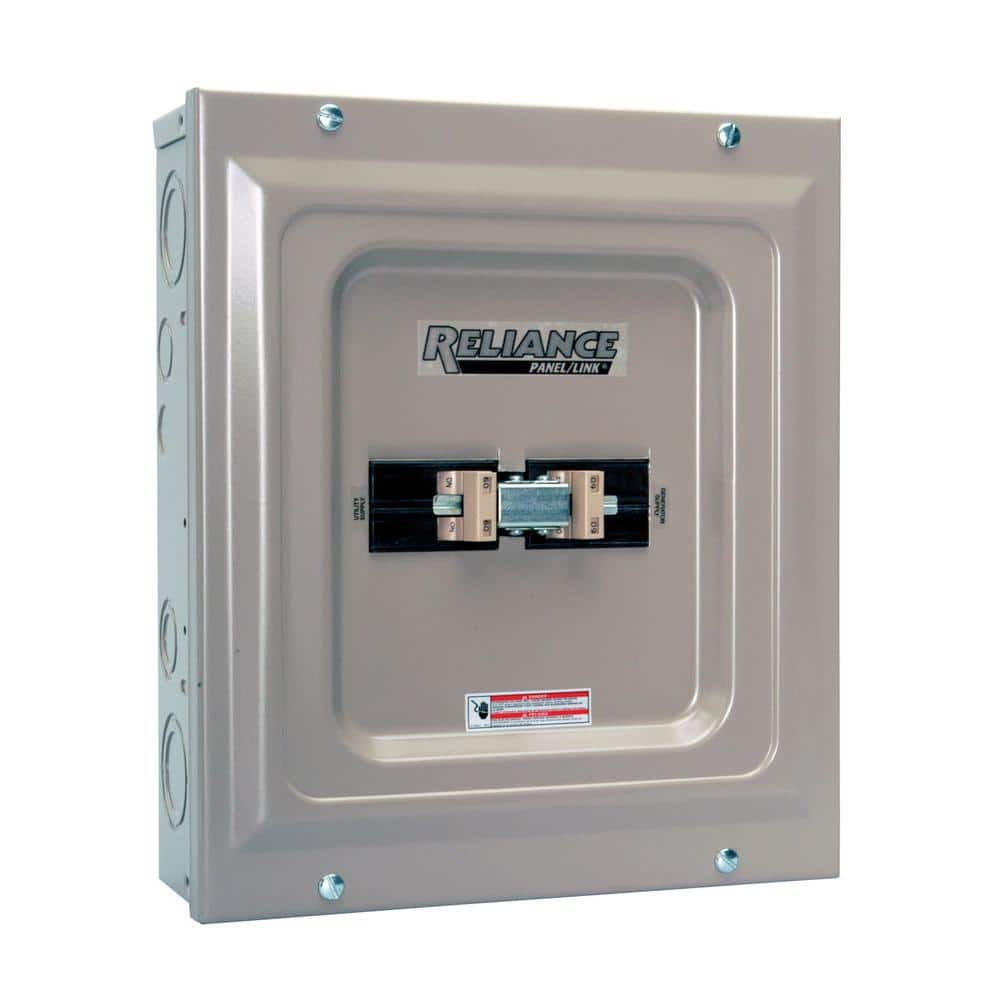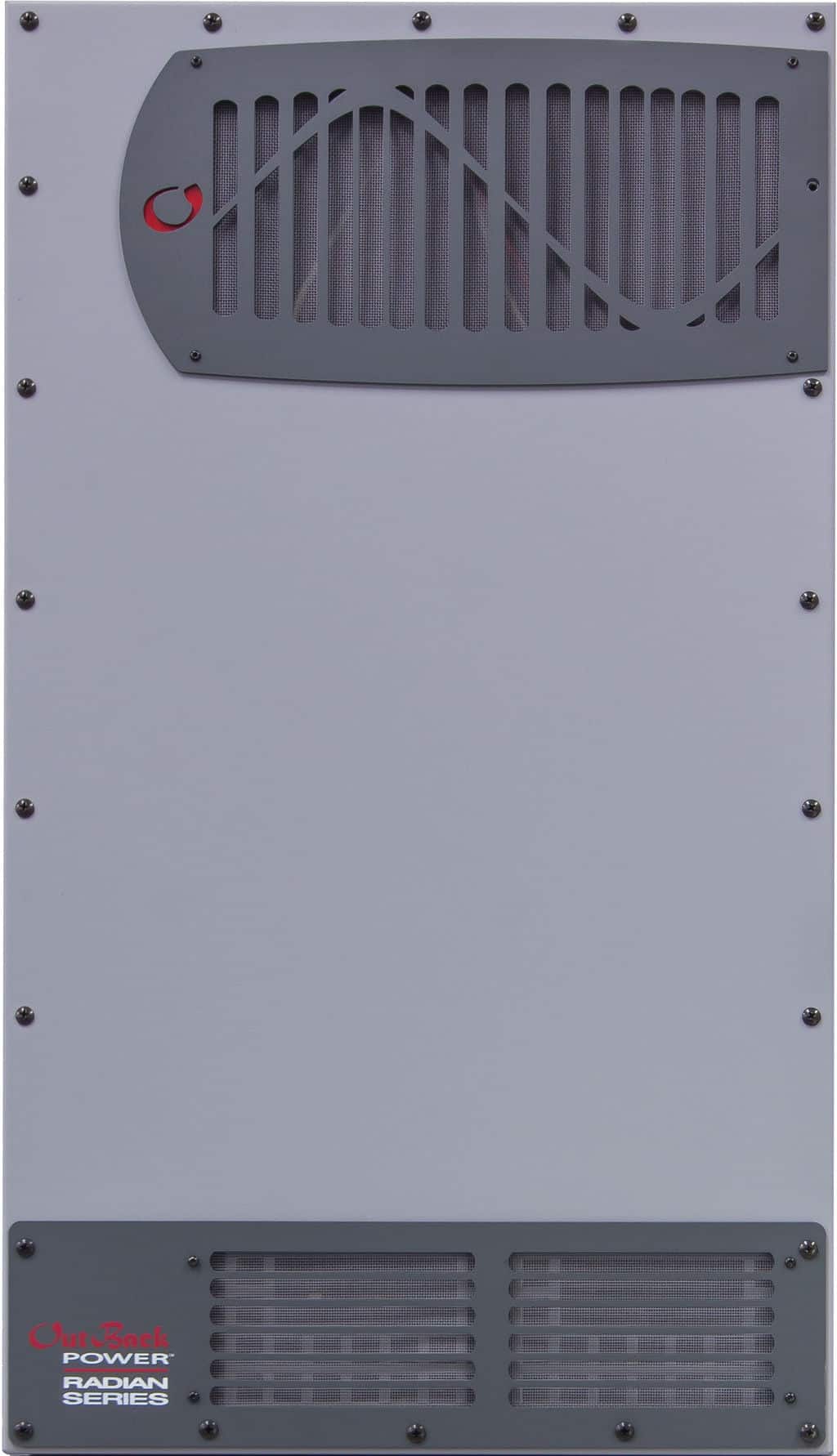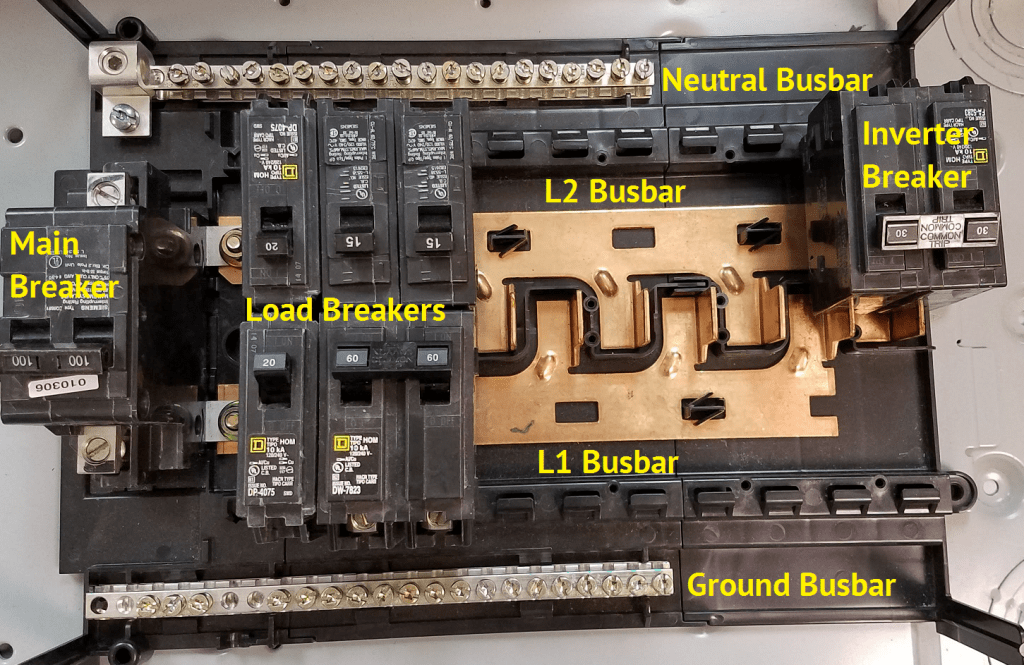Old Jarhead
New Member
- Joined
- Feb 15, 2020
- Messages
- 6
I was told today by a friend who sells solar for a solar installation company that my planned system was "illegal" in Utah:
all numbers are approximate.
4,000 W of Solar Panels mounted on roof of house
MPP LV5048 "all in one" mounted in the attached garage and plugged in to the grid.
2,000 W LiFePO batteries in the garage
AC Circuit breaker panel from the MPP in the garage.
I plan to wire from the MPP circuit breaker panel, using a licensed electrician, to code, so that One outlet in each of 4 rooms in my house is powered from the MPP controller. (The other outlets will still be through the house circuit breaker panel that is fed by the grid)
I will have the MPP set to provide power to the circuit breaker panel with the following priority: Solar Panels, Batteries, grid.
My friend told me that it's illegal to have any other circuits in a house that is connected to the grid (in this case, Rocky Mountain Power)
Is he correct? Is it illegal? Or is he misunderstanding something?
Thanks in advance!
all numbers are approximate.
4,000 W of Solar Panels mounted on roof of house
MPP LV5048 "all in one" mounted in the attached garage and plugged in to the grid.
2,000 W LiFePO batteries in the garage
AC Circuit breaker panel from the MPP in the garage.
I plan to wire from the MPP circuit breaker panel, using a licensed electrician, to code, so that One outlet in each of 4 rooms in my house is powered from the MPP controller. (The other outlets will still be through the house circuit breaker panel that is fed by the grid)
I will have the MPP set to provide power to the circuit breaker panel with the following priority: Solar Panels, Batteries, grid.
My friend told me that it's illegal to have any other circuits in a house that is connected to the grid (in this case, Rocky Mountain Power)
Is he correct? Is it illegal? Or is he misunderstanding something?
Thanks in advance!






